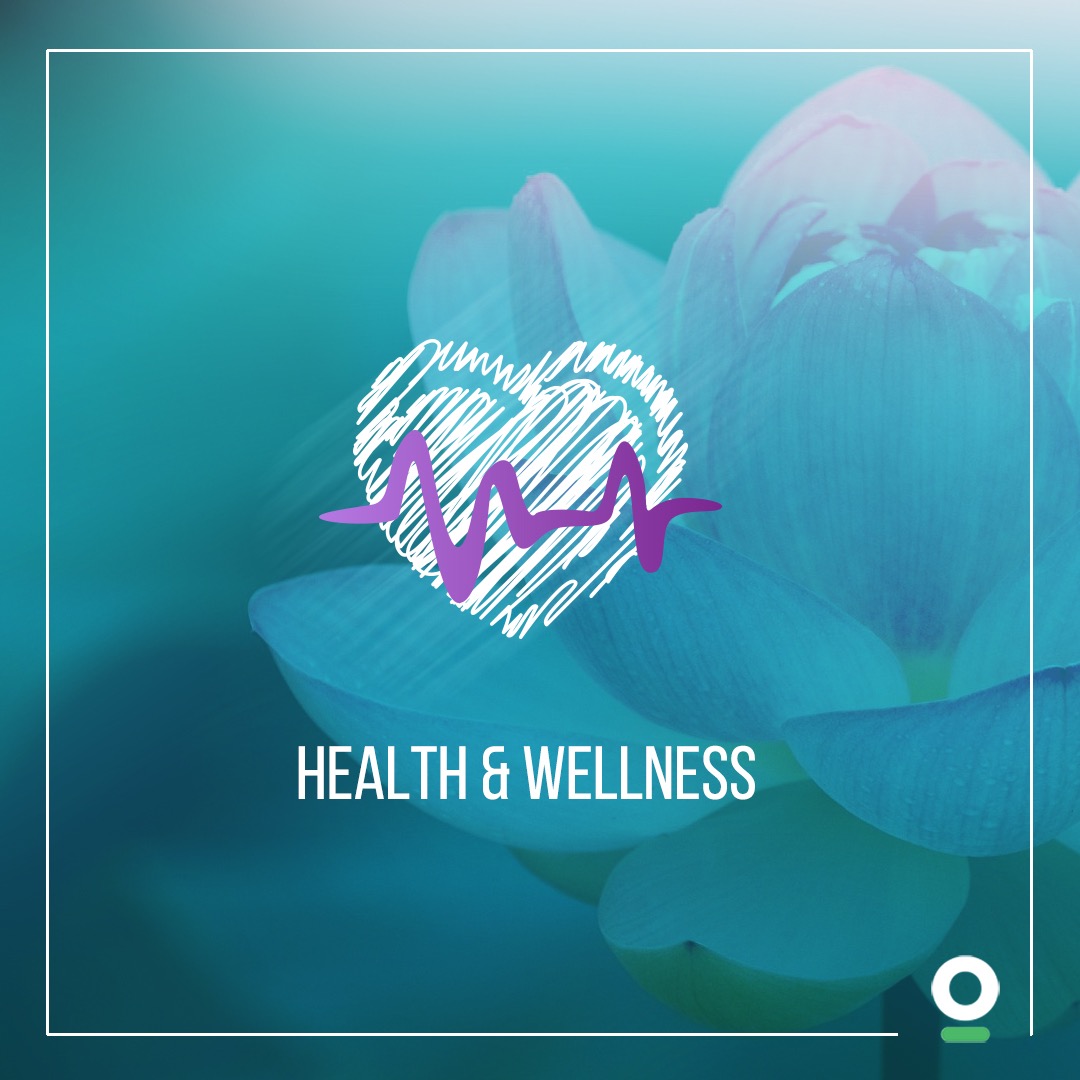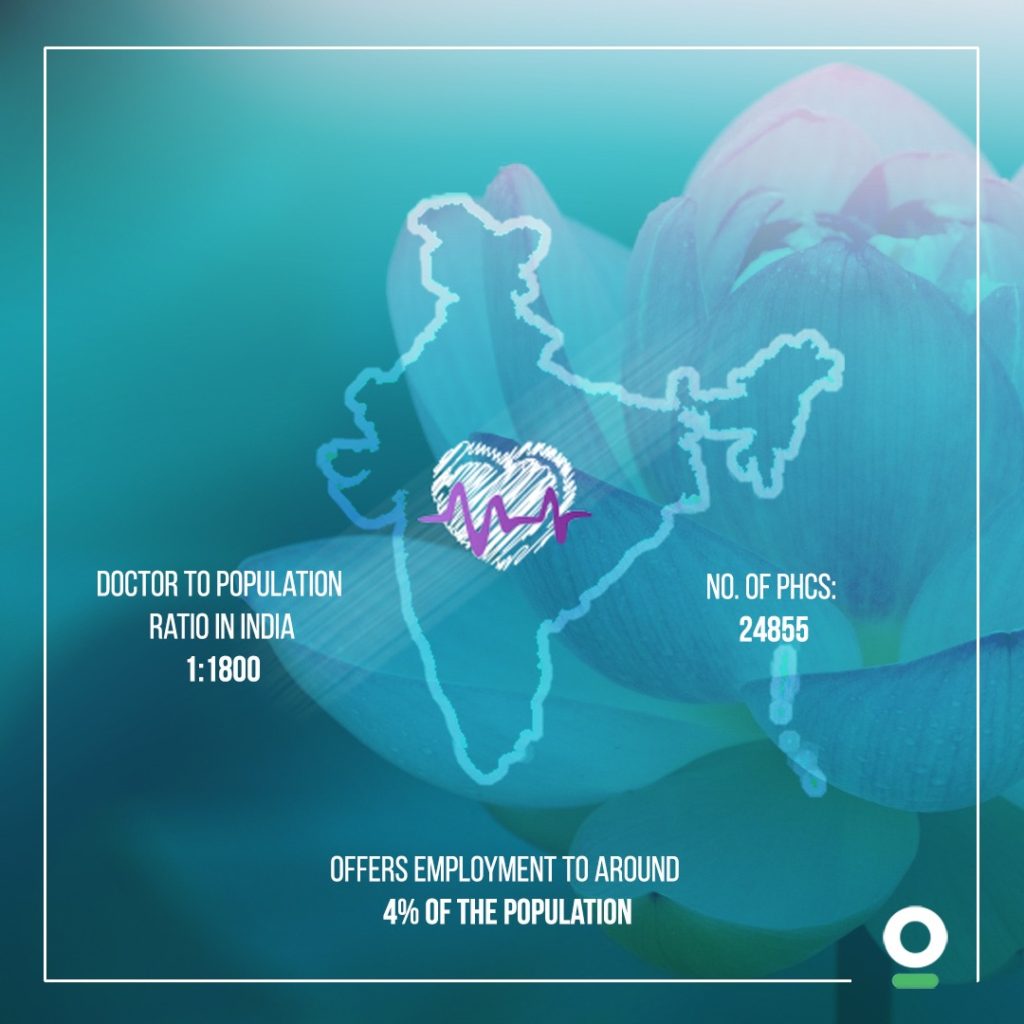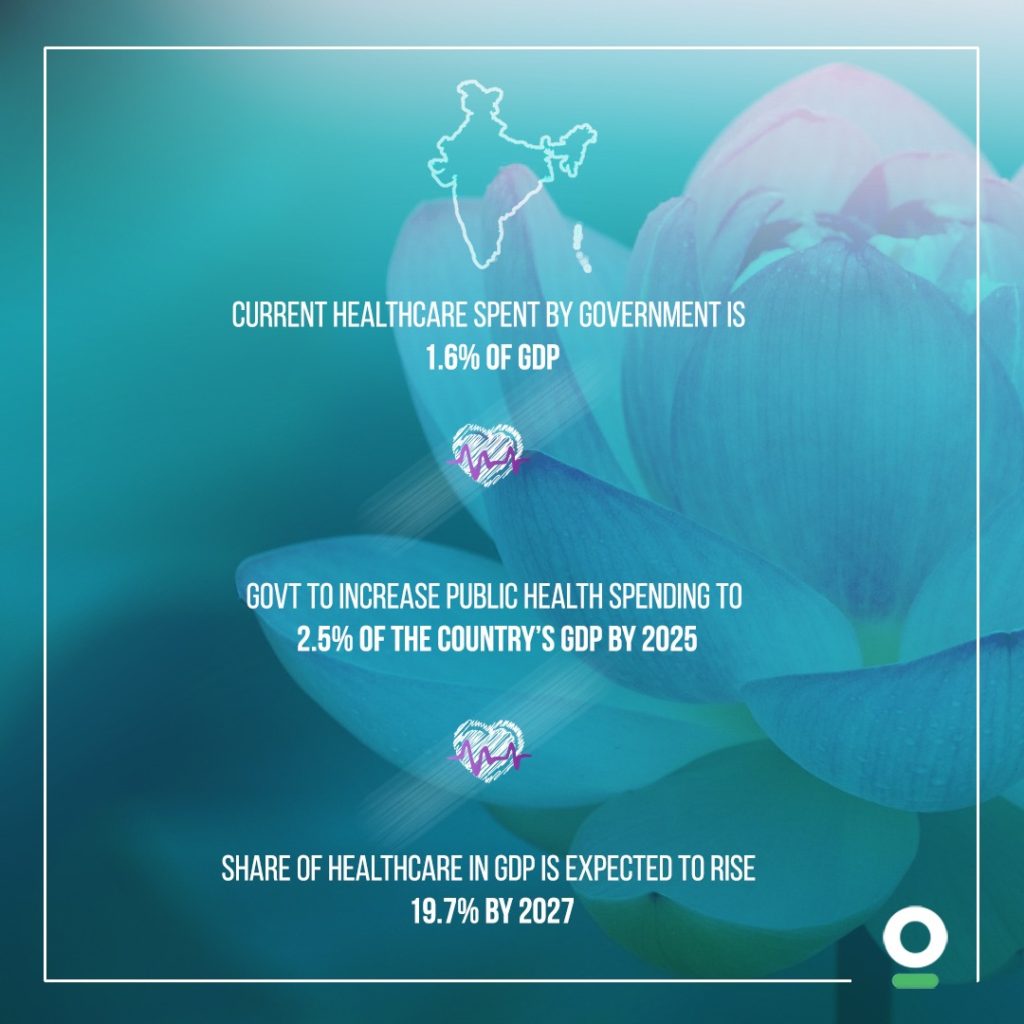
6 Startups that are making healthcare in India easier
Can Our Healthcare System become the proverbial Dandelion?
You may have seen a tiny, yellow flower bearing plant — the dandelion, growing out of creaks, off the side of buildings or even on the sidewalk. These plants may be small but are particularly resistant and capable of coping with extreme adversity and stress. Dandelions grow with minimal resources and also belong to a category of beneficial weeds. They perform these miracles by attracting nutrients from deep into the soil and give plants that may have otherwise perished a chance of survival. But wait, why are we talking about dandelions here?
The truth is that, like the dandelion, the Indian healthcare system has also faced extreme adversity. The recent pandemic has made it clearly evident that our healthcare system needs more support for equivalent and widespread access and further strengthening of basic medical assessment systems and infrastructure.The people are suffering and in order to provide them with a chance for survival, our system must learn to be a dandelion. But first let us explore some of the existing issues that create this environment of adversity in the first place.
The adversities

The reality is that we are living in a country where our Zomato order gets delivered faster than an ambulance reaches a dying patient. Accessibility is a complex concept. But broadly, it is the availability, supply, and utilization of healthcare services and our nation is struggling to provide this access to its range of citizens across the broad socio-economic spectrum. While India has improved its ranking on the global Healthcare Access and Quality (HAQ) index from 153 in 1990 to 145 in 2016, out of 195 countries, we are still leaning towards the bottom of the chart.
We need to expand this reachability but our healthcare system lacks both infrastructure and qualified personnel. There are only 23673 Public Health Centres (PHCs) in India and the doctor to patient ratio in our country is 1:1800! We also have unsatisfactory ratios of the number of government hospitals and beds per one lakh population. When we look at the numbers across states, Andhra Pradesh reveals the lowest hospital-population ratio while Bihar the lowest bed-population ratio. We need funding but our government spends only 1.6% of our GDP on Health. That’s a meagre sum for a country of 135 crore people. Advanced nations spend almost 14-18% of their GDP on health, and even poor countries like Bangladesh and Sri Lanka spend more on the health of their citizens than India does.
Indian healthcare professionals are strained and operate with the challenges of a delayed last mile delivery - minimizing cost, ensuring transparency, increasing efficiency, and improving infrastructure. But all of this is mounted on a menacing resource crisis, hampering quality service and leaving the ill to bear the brunt.
Moreover, even in places where healthcare facilities are available, barriers to access in the financial, organizational, social, and cultural domains can limit the utilization of these services. Affordability is a crucial factor which puts standard healthcare out of the reach of several ranges of our population who simply cannot afford this out of pocket expenditure. Healthcare is expensive and most people have minimal access to healthcare financing and insurance. The state assistance is also selective, providing aid for only hand-picked procedures. To top it off, the commercialisation of this existing system, running for profit and incentives leaves the sick man without a network or money in a state of despair.
In addition, the low level of awareness in the general Indian population also contributes its share in cutting across various stages of their lifespan. Many chronic diseases go unexamined at an early stage and an unhealthy lifestyle (tobacco use, excessive alcohol consumption, poor diet) due to the lack of awareness or by choice escalates ill-health . This coupled with insufficient health care access contributes to various groups often carrying the dual disease burden (presence of both communicable and non-communicable or "lifestyle" diseases). This puts a pressure on our healthcare system which is often unequipped to deal with the cases presented. Exacerbating this problem are issues such as less focus on medical research and lack of incentivization for alternative medicines like Ayurveda and Unani , as a result of which existing public healthcare facilities and practices remain unimproved.

The turnaround
For our healthcare system to become the hardy, resistant and beneficial dandelion, the government needs to increase public health spending to 2.5% of the country GDP by 2025. In fact, it is estimated that the share of healthcare in GDP will rise by 19.7% by 2027. With India being the third most affected country in the global pandemic, in-flow into sectors such as hospitals, diagnostic centers and medical appliances stood at US$6.73bn and US$2.12 bn respectively during April 2000 -March 2020 and the total industry size is expected to touch US $372bn by 2022. In the meantime we have a few innovators already in the Indian health sector geared up for a quick turnaround. Here are 6 startups who are making healthcare easier and more accessible to the Indian population.
- Practo, founded in 2008 by Shashank ND and Abhinav Lal, is a platform for patients to connect with healthcare experts digitally. It provides access to clinics, hospitals & healthcare professionals across states and serves as a unifying platform for diagnostics, doctors & tertiary care providers.
- Evolko-Tele-medicine is a digital platform with a consolidated tracking of the patient life-cycle. Founded in 2007 by Pradeep K Jaisingh, it provides a site for pre-consultation screening and triaging, maintains transparency in treatment plans though visible feedback and prioritising patient preferences and offers follow-up and tracking for lesser post-treatment complications.
- LetsMD targets affordability by offering medical financing and loans to provide comprehensive financing solutions for both healthcare providers and consumers. This healthcare fintech platform was founded by Nivesh Khandelwal in 2015 and leverages technology to enable point of care availability of finance, increased access to tertiary care and provide price transparency and timely financing for an almost uninsured population.
- Pradeep K Jaisingh’s HeatlthStart (2014), is a health incubator focusing on accelerating the healthcare program. The accelerator has kick-started platforms like Healthians, Gympik, ObiNo. It operates using the SWAT process where the team works with entrepreneurs in incubating & vetting models.
- The solution HealClinic (2015) focuses on education on alternate therapy. Deepti and Vishal Arora’s e-commerce platform offers natural and holistic products complementing their therapy programs. It’s all online and serves as a platform for online treatment from consultations to post-treatment care.
- The 2015 Universal Cancer Conquest (UCC) by Ajay Balai, Niraj Bora and Dr.Sachin Chopda provides end-to-end cancer care, partnering with NGOs and other charity organizations to assist aid needy families with their financial and logistics needs. It offers cancer treatment at the town level, thus cutting down the frequency of visits to urban centers. They extend to access to people, technology and other knowledge resources. It solves accessibility through special cancer care facilities in hospitals, its UCC kiosks which offer crucial facilities, including (EMR), its online second opinion portal Samiksha and video-conferencing with oncologists.
While Pandemic India has shown significant improvement on the healthcare frontier, it has also opened our eyes on the readiness of our healthcare facilities. With many more heads like the above turned towards improving our healing grounds, one can hope that figures reflecting the conditions of our country are not viewed merely as a statistic but action is taken to resolve the glaring issues. Remember that dandelions grow with minimal resources and so can we.
Let’s create the right impact together. Join the movement
